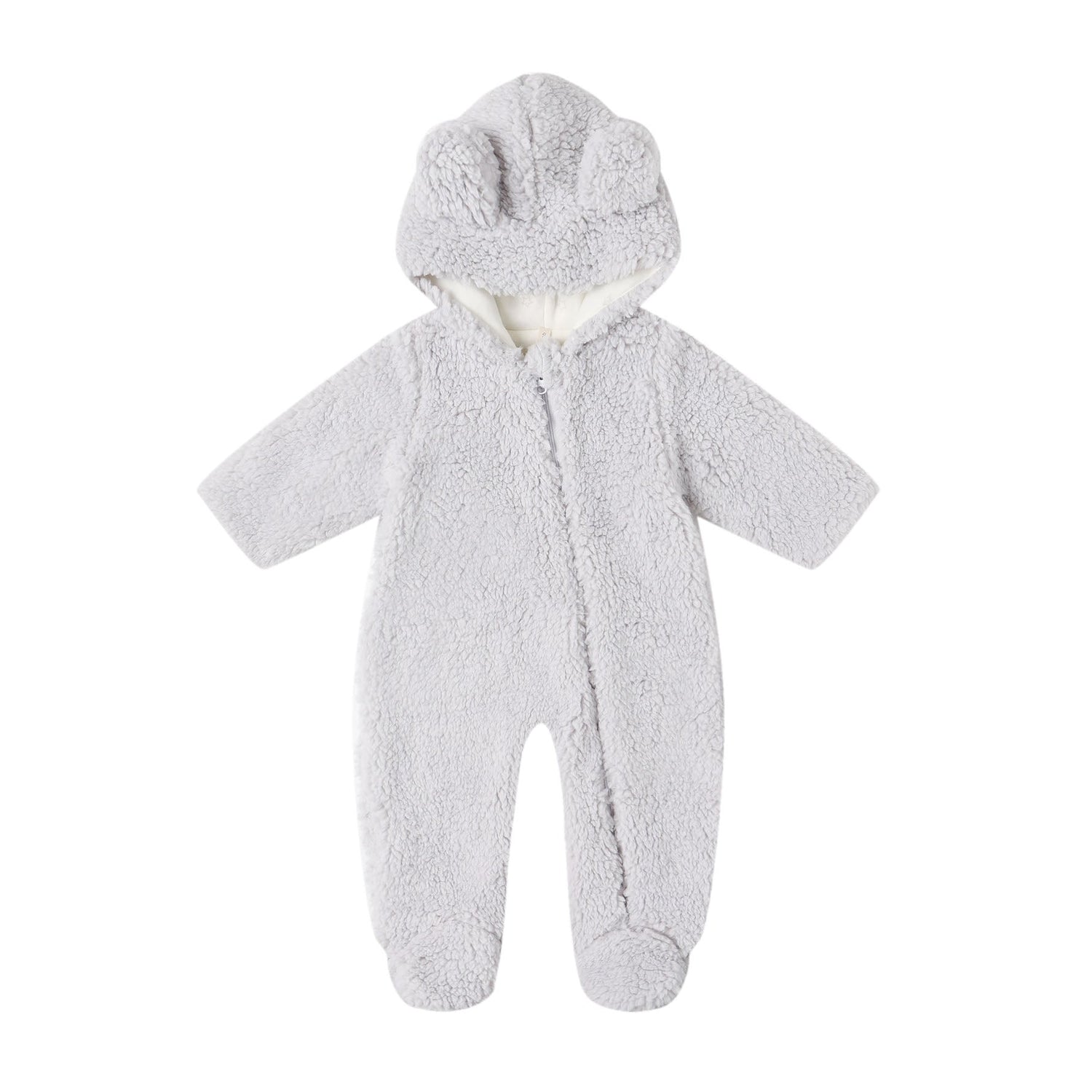Have you ever heard of thrush? It’s basically a yeast infection in a baby’s mouth. It is sometimes difficult to get rid of if things aren’t sanitized and sterilized properly, as the fungus may linger on household items. It is also common for this to transfer from a baby’s mouth to their mother’s nipples if breastfeeding – which hurts like the dickens. It’s a super interesting illness and below is everything else you may need to know about thrush!
What is Thrush?
Thrush is a common medical condition in which the fungus Candida starts to grow in irregular amounts inside of the mouth. This presents itself as white patches or bumps in the mouth – typically the tongue and insides of cheeks, and occasionally the back of the mouth and throat as well.
How do you get thrush?
The Candida fungus is always present, but certain situations cause it to grow excessively. Some of these include the following:
- A weakened immune system – especially cancer patients or pregnant ladies, but in the case of children, thrush often occurs immediately following another sickness.
- Certain medications – in particular, antibiotics or corticosteroids
- Denture wearers and cigarette smokers
Does a doctor need to be seen?
Yes. A pediatrician or dentist will take a look inside the baby’s mouth to diagnose thrush and prescribe medications if he/she sees fit.
Is thrush contagious?
Yes and no. It takes a specific condition in the mouth for thrush to occur, so it isn’t very likely that this can be spread from child to child, say through
toys. It could, however, be passed on to other children with weakened immune systems. The most common way that thrush is contagious is from babies to their
breastfeeding mothers. Thrush in the nipples or areola, usually on both sides, is painful and difficult to get rid of because mom and baby will continue to pass it back and forth to each other unless medical intervention is in place.
How long does thrush last?
This is largely dependent on the type of treatment and the sterilization of
binkies,
bottles, and
chew toys. Medications take a full two weeks to be completely successful, so typically thrush lasts about three weeks total.
How is thrush treated?
Very mild cases could go away on their own, but the best bet is an anti-fungal medication, like Nystatin, to help control the abnormalities of the Candida’s growth. Pain relievers are also a good idea in some cases, as baby may need some help getting comfortable.
How painful is thrush?
This depends on the case, but thrush is mostly pretty painful--especially when eating. If scraped, the white patches become more of an opened wound and often bleed. As for breastfeeding moms, the pain level could range from an uncomfortable pinching sensation to excruciating pain during or between feedings. But
help and medication are available for nipples too!
How do I avoid getting thrush?
-
Brush teeth and floss regularly
- Rinse out mouth thoroughly after using corticosteroid inhalers
- Properly clean dentures
- Sterilize pacifiers, toys, and bottles during other illnesses
- Balance the use of antibiotics by adding more yogurt to your diet
Both of my children have had thrush and both experiences were rather different from each other. My son’s lingered forever and I didn’t realize I had it also until the pediatrician asked if I had been experiencing any pinching during feedings. My daughter’s situation was practically the opposite. She was acting perfectly normal but I was in very severe pain. I had no clue what was happening to me but thanks to Google mentioning thrush, I checked inside my girl’s mouth and sure enough – white spots. It’s safe to say I’d be perfectly happy to never have to deal with this illness ever again! And I hope you don’t either! Stay healthy, my friends!
Featured Header Image PC:
@honestmommycritic






